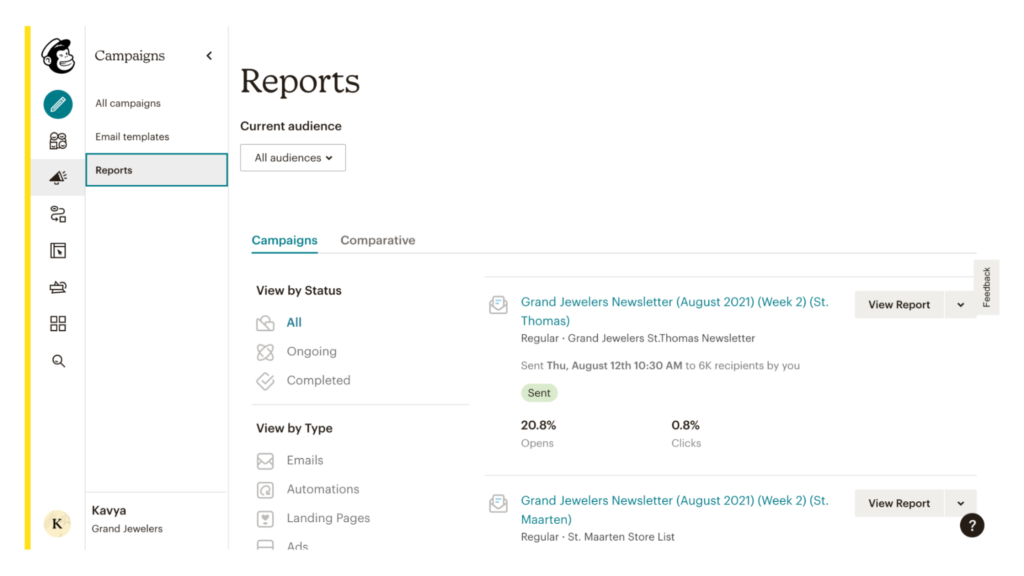Email marketing is one of the most effective ways to connect with your audience and convert them into paying customers. Building your mailing list, writing emails strategically, and designing them with your audience in mind is no easy task.
The last thing you want is to have a beautifully crafted email, perfectly tailored to your audience, that gets lost in the shuffle of their inbox.
To keep this from happening, it is important to recognize when your subscribers are most willing to engage with your content as well as how often they are interested in hearing from you.
What is send time optimization (STO)?
Optimizing the day and time in which you send your emails to your audience – also known as Send Time Optimization, or STO – is often overlooked by businesses. This is another area of email marketing that is important to heed the golden rule: know your audience.
For instance, if your audience is primarily made of people who work 9-5 white collar jobs, it will not make sense to send emails in the middle of the day when they may have meetings. Instead, try sending emails earlier in the week and earlier in the day when your audience is still easing into their day. This may include early in the morning while subscribers are likely getting ready or commuting, during lunch breaks, and right after work when people tend to turn to their phones for updates they missed during their workday.
Research by GetResponse found that the best day to send an email to get the highest click through rate is on Monday and Tuesday (the worst day to send an email being Saturday). The same study states that email click-through-rates (CTR) are highest at 6am and 6pm – with a peak click through rate range between 11am and 2pm.
A similar review of studies by CoSchedule showed that Tuesdays and Thursdays are the best days to send emails. They also noted that as far as times go, early to late morning and 8pm to midnight are great times to send email. Most subscribers check their emails first thing in the morning and before going to bed, making these times a prime time to grab their attention.

While these general trends are great starting points, it’s important to keep track of your analytics as you send emails to learn more about your unique audience.
Another reason it is important to know your audience and keep them at top of mind is that their routine may change based on your business. For instance, retail, e-commerce, and recreational brands often have higher than average STO during the weekend (even though general research states that Saturday is the worst day to send an email) when subscribers are more often to actually partake in recreational activities such as shopping.
Think creatively and critically about how your subscribers interact with your business and start experimenting with your send times accordingly.
How often should you send emails to your subscribers?
In addition to fine tuning your STO, it is important to find a cadence with your emails. Maintain a regular routine to remind subscribers why they asked to receive emails from your brand. In the same vein, do not promise subscribers a newsletter once a week and then bombard their inbox with daily emails.
As we mentioned in our 5 Copywriting Tips to Send Better Newsletters, it’s important to keep your emails short and sweet. If you have more than 3 or 4 news items or updates to share with your subscribers, consider increasing your email frequency to break this down.
Many businesses stick to monthly or bi-monthly newsletters, while others go for weekly newsletters! Take inventory of the content you want to regularly share with your mailing list and go from there.
At the end of the day, don’t be afraid to A/B test every campaign until you figure out what does and does not work for your audience. As they change, so should your email marketing strategies.

Need help measuring the success of your emails?
Overall, there is no cookie cutter solution to maximize your open rates. Put on your mad scientist hat and follow the data as you test out various dates and times before coming to a conclusion about what works and what doesn’t for your business.
Working with our team of professionals at Champ makes it easy to optimize all your email marketing campaigns and measure success. Interested in learning more? Contact us today.
